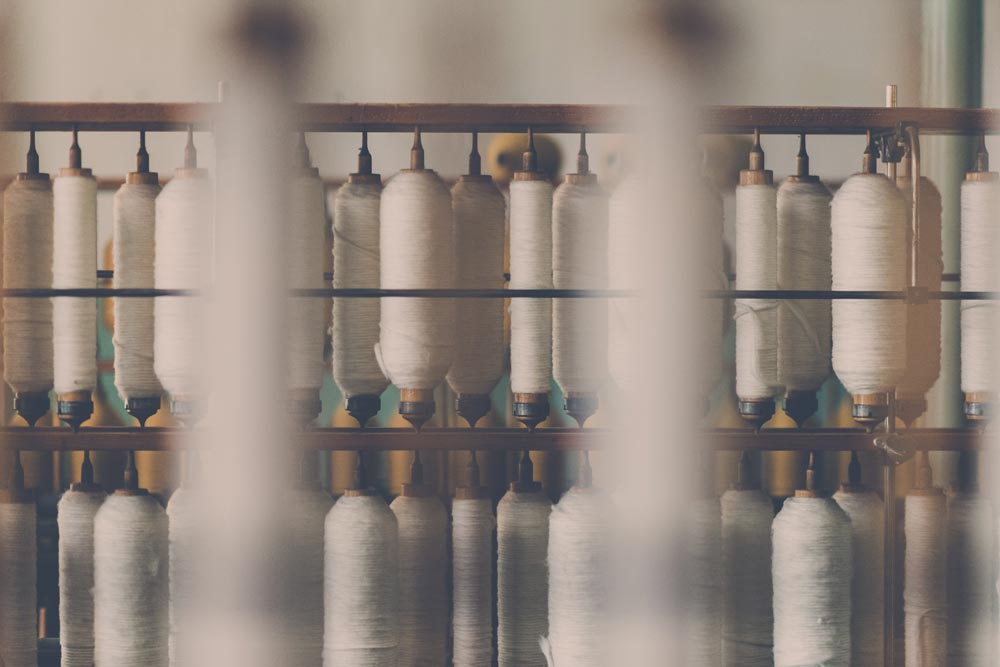Natural vs. Synthetic: A Quick Guide to Fabrics
Publié par ADORED VINTAGE le

Adored Vintage started by selling antique and vintage clothing from as early as the Edwardian era to the 1990s. Recently we started selling vintage inspired clothing from modern indie designers to compliment the one of a kind vintage dresses our shop offered. All of the clothing listed in our website has the fabric content noted, so we thought we would do a quick guide to the fabrics so you have a better understanding of the garments we sell. Bonus! We often also include details on how the fabric feels and drapes, because for us, this is quite important!
What is the difference between natural fibers and artificial fibers?
Natural fibre are fibers derived from plants and animals. Natural = nature. A few examples would be cotton, wool, and linen. Usually natural fibers tend to wrinkle and crease more easily than artificial fibers. Natural fibers also breathe more easily and respond to change in temperature and different climates. So, if it's a hot sunny day you are better off wearing a cotton shirt than a polyester one. And if you wash a wool sweater in hot water... it shrinks!
Artificial or Synthetic fibers begin as chemical solutions. They can also be made from natural fibers but are processed to create a synthetic fiber. Synthetic fibers are not as porous as natural fibers and are also not as absorbent (don't wear polyester if you're going to be sweating...) On the plus side, synthetic fibers tend to wrinkle less and have less creases.
Here are some examples of fabrics made from artificial fibers:
1. Acrylic - sweaters, dresses
2. Nylon - dresses, lingerie, blouses
3. Polyester - dresses, suits, blouses, linings, lingerie
4. Rayon - dresses, blouses, draperies, linings
5. Acetate - lingerie, dresses, blouses
Identifying Fabrics in Vintage Clothing
The Textile & Wool Acts started in 1939 which started requiring garments manufactured to have a fabric content label affixed on to the garment. During this time in history, most women still sewed their own clothes so many vintage garments would not feature this label until much later on when ready to wear clothing started to become much more popular and accessible.
Here at Adored Vintage we do our best to identify the fabric content of our garments, but most often, vintage clothing prior to the early 1950s do not have fabric content tags. Our listings will always note whether the fabric feels natural or synthetic if we are not 100% certain of the material.








